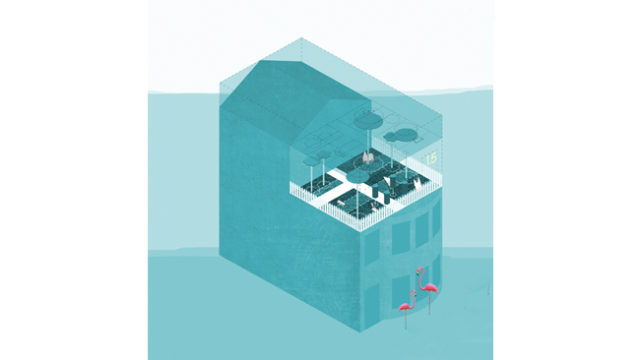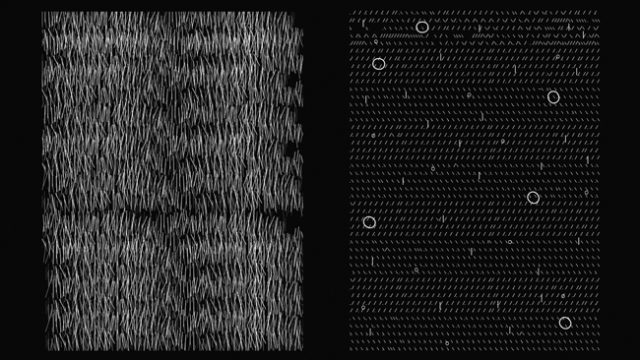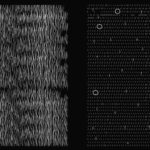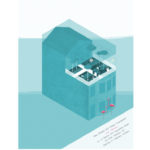Prof. Diamantopoulou at “Lawn Redrawn”
Faculty News:
IVI DIAMANTOPOULOU PARTICIPATES IN “LAWN REDRAWN” SHOW_
Adjunct Professor Ivi Diamantopoulou is exhibiting her work as part of Lawn Redrawn, a collaborative installation currently in exhibition at 1.5 Rooms (207 Kosciuszko Street, Brooklyn, NY). The show, that opened on February 21th, will continue through March 7nd, 2017. Please see exhibition statement below.
Credits: New Affiliates (Jaffer Kolb, Ivi Diamantopoulou) and Colleen Tuite, Installation: Aris Constantinos Minaretzis Tsionos and Tyler Suomala; Video: Ryan Moritz.
Lawn, Redrawn
In a way, the lawn is already a drawing. We think of lawn as a flattened interpretation of nature, a manicured version of wilderness; where straight lines regiment growth patterns and where greenery is neutered to the stylized uniformity of a carpet. In the lawn, the pastoral is reduced to surfaces, made superficial, trimmed into known forms, and organized into the logics of the domestic interior more so than the outdoors.
As a formal extension of the suburban house, it demands similar maintenance –cleaning, furnishing, decorating — with instruments analogous to vacuum cleaners, feather dusters, and other tools. Such devices regulate the lawn, drawing it closer to architecture as a designed environment. The lawnmower builds into the lawn its own structural grid as it retextures the carpet into even stripes. In other words: we draw on the lawn as much as we look at it as a drawing of something else. The lawn is the largest ornament one can find across America.
Lawns carry political signs. Literally. They are both a site of wealth (and their manifold displays) as well as democracy. They are as much an articulation of the American dream as its fallacy. They are well expressed by their languages of ornamentation: from plastic flamingoes to the garden gnome. Figure, composition, and abstraction pervade the lawn as its governing aesthetic principles. It is a thing that is both all form and somehow without form; an imaginary space that includes all lawns (the generic) while reveling in its own unique representation (the specific). The lawn is a translation—between inside and out, between architecture and landscape, between drawing and environment—that is also nearly two-dimensional in its deployment.
For this installation, we are re-drawing the lawn. Drawing it first, that is, into the interior of a domestic gallery and then looking at the logics of the lawn as an architectural drawing that becomes both spatial and occupiable. We begin with the elements of the front yard—its fence, its trees, and a collection of gnomes—and look at each as bridging a divide between thickened form and planar geometry. Everything becomes both a placeholder for itself as well as an implied volume in the space of the room: a stand-in that slowly transforms into the referent when juxtaposed with its quasi-flat neighbors. In the end, the lawn reconfigures the gallery as a place for object-like drawings, and drawing-like objects.



